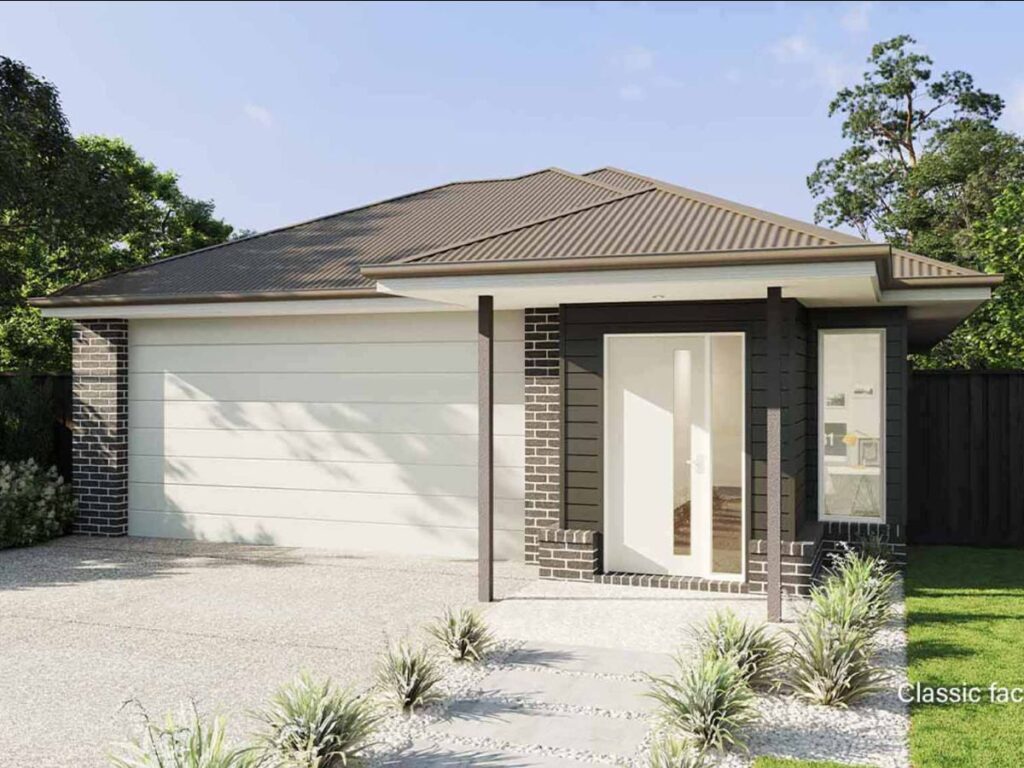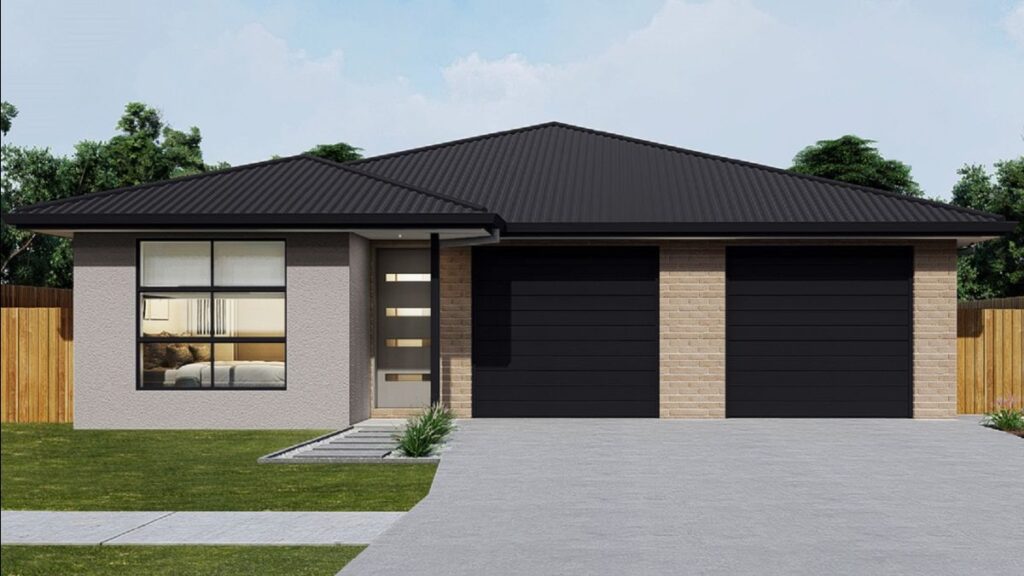Brisbane Co living houses return as the rental crisis continues and people lease out spare rooms.
Why did people leave co-living houses during the pandemic?
A graph from Australia’s central bank shows the shift in household makeup that occurred at the start of the pandemic.
By mid-2020, the number of people living in co-living houses dived.
CoLiving Brisbane is a boom investment
Reserve Bank of Australia (RBA) data shows it was at its lowest ever-number at 2.47 people as of August last year.
CoreLogic property market analyst Tim Lawless has been watching the repercussions of this trend play out in the rental market.
“We saw some remarkable shifts at the beginning of COVID,” he says.
“For obvious reasons, people were looking for more space. They were moving away from inner-city areas towards the outer fringes. They were looking towards regional markets rather than capital cities.
“And the by-product of that demographic trend was that we started to see households becoming smaller.”
The RBA notes that our desire to live with fewer people wasn’t matched by the number of properties built during the last few years.
“This helps explain why rental vacancy rates quickly returned to low levels even though the international border was closed and population growth declined to be close to zero,” assistant governor Luci Ellis said in a speech last year.
“The desire for more space is one thing; the ability to get it is another.”
There are other reasons why supply may have been curtailed.
Aside from household formation patterns, many first-home buyers entered the market during the pandemic housing boom.
It is possible they bought properties that had once been co-living houses.
Some analysts have argued that migratory patterns, such as people moving to regional areas to escape city lockdown and investors selling up properties, have also reduced the rental stock.
Mr Lawless believes the desire for space is still one of the biggest reasons for the supply crunch.
And right now, vacancy rates are still near the lowest they have ever been on CoreLogic’s records, at about 1.3 per cent nationally.
As we push into 2023, the number of places being listed for rent is 22 per cent lower than the five-year average, CoreLogic data shows, at about only 50,000 listings nationally.
Rents are still rising, albeit not as fast as last year when they surged 10 per cent in just 12 months.
The average price of a capital city rental is $577, and slightly less in the regions at $500. There are, of course, significant variances depending on more granular location and whether the space is an apartment, unit or house.
“It does look like rental supply is going to remain very low when demand is rising from overseas migration,” Mr Lawless says.
“The by-product, of course, will be further upward pressure on rents.”
“There’s a lot of negative social outcomes around increased homelessness, more couch surfing, more people moving back in with their parents.”
Mr Lawless predicts many people will be forced back into co-living housing, either by moving into those homes or leasing out their spare rooms, simply because they have reached their limit on how much rent they can pay.
“We are going to see more and more co-living houses or group households forming simply because rental markets are as tight as they are,” he says.
Some research suggests this prediction is already a reality. One should remember that there is a difference between co living vs roommates. This is one of the reasons is coliving so popular.
A website that lets people create a profile to join a co-living house, Flatmates.com.au, had its busiest month in January since the pandemic started.
Over 68,000 people signed up for the platform owned by the property website REA Group.
The website, one of the biggest in the nation, has also seen a 20 per cent rise in visitation in 12 months.
“We saw the most new-seeker listings since March 2019,” the website’s community manager Claudia Conley says.
This time of year is a traditionally busy period for co-living house formation, as students from Australia and overseas look for accommodation before the university school year.
Co living Investment house have a much higher return and are the best option at the moment.
However, it’s not just the stereotypical student who is looking.
“We’re seeing a large increase of people over 55 looking for co-living accommodation,” she says.
“We also see a lot of single parents looking for other single parents to live with.”
Ms Conley is keen to promote the benefits of living with others. As well as cutting down on overheads, she says it’s also beneficial for people who may be experiencing loneliness or want to be around others post-pandemic.
However, Claudia believes the co-living house boom is driven by the cost of living, with some people having no other option.
“There’s a substantial amount of people looking for co-living accommodation. But unfortunately, there are not enough properties available to give everyone a place to live,” she says.



